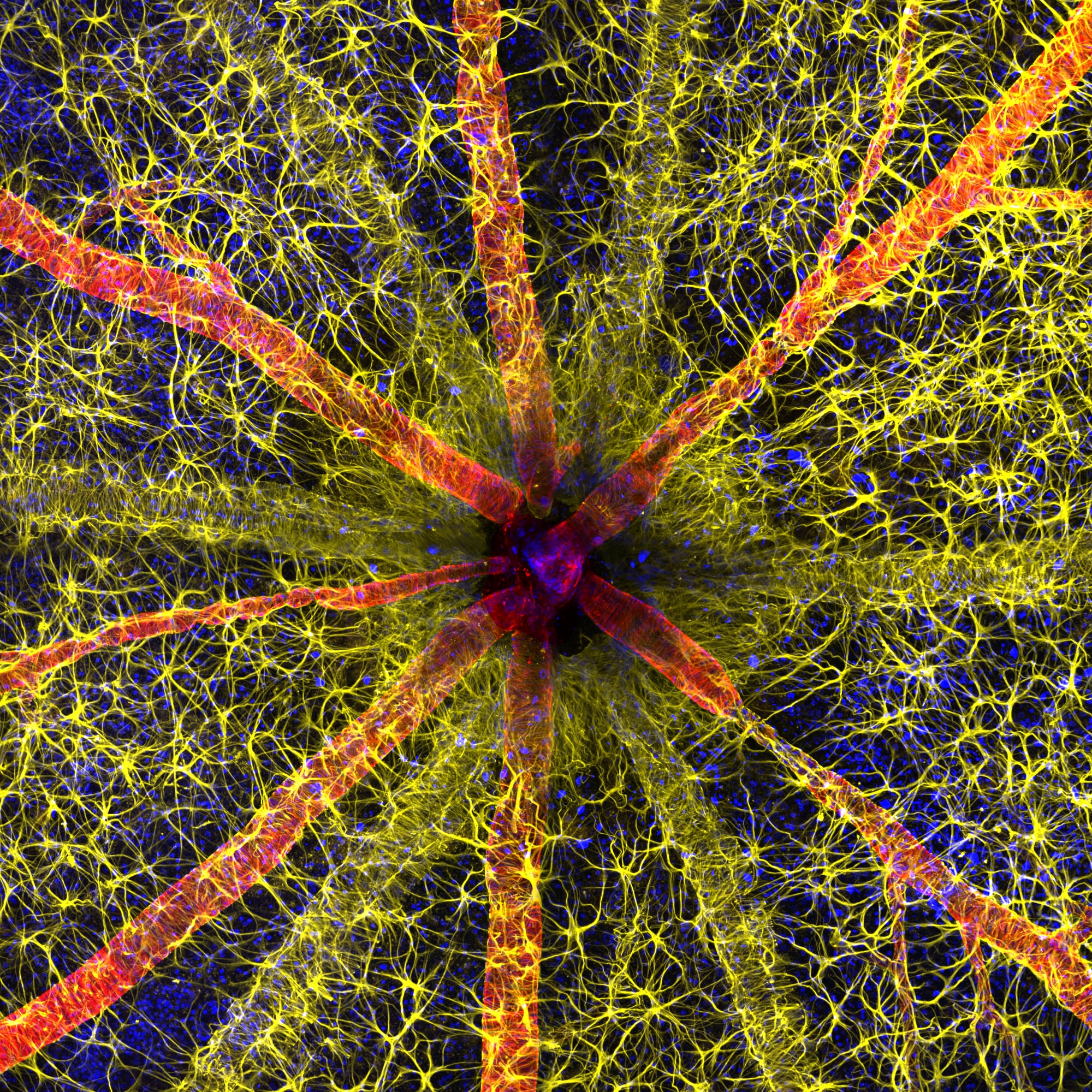Valle de los Vientos Wind Farm, Atacama Desert, Chile (2017). All images © Jamey Stillings, courtesy of Steidl, shared with permission
An arid region with uncanny similarities to Mars, the Atacama Desert is sparsely inhabited by animal life but rich in mineral deposits. Located west of the Andes Mountains in northern Chile, the area is home to massive mines harvesting a third of the world’s copper and lithium supplies. These extractions date back to at least the 19th century, having scarred and damaged the landscape in the process.
The same dry, sun-soaked qualities that make the Atacama inhospitable uniquely position it as a lucrative site for generating wind and solar power, two forms of renewable energy that stand in opposition to the region’s history of fossil-fuel dependence. Santa Fe-based photographer Jamey Stillings spent part of 2017 flying over the region documenting the shift toward sustainable sources, now compiled in a recent book published by Steidl.
Dozens of aerial images fill the 160 pages of Atacama: Renewable Energy and Mining in the High Desert of Chile, juxtaposing the older mines with the newer solar and wind plants. Stillings not only captures the beautiful and saddening sights most humans will never witness firsthand but also illuminates our current crossroads: as we collectively consider how to live in ways that are less ecologically destructive, we also need to plan for realistic, and even obvious, alternatives like those available in Atacama and clearly identify how we’ll transition from one system to the next.
Atacama is available on Bookshop, and you can find more from the series, along with Stillings’ other projects, on Instagram.
Cerro Dominador Concentrated Solar Plant under construction, Chile (2017)
El Romero Solar Photovoltaic Plant, Chile (2017)
Mina SQM Lithium Mine, Salar de Atacama, Chile (2017)
Aerial landscape, Atacama region, Chile (2017)
Pampa Elvira Solar Thermal Plant located at Minera Gaby Copper Mine, Chile (2017). ‘Atacama’ book cover
Do stories and artists like this matter to you? Become a Colossal Member today and support independent arts publishing for as little as $5 per month. The article In ‘Atacama,’ Renewable Energy and Mining Converge in a Stunning Bird’s-Eye View of Human Impact appeared first on Colossal.


